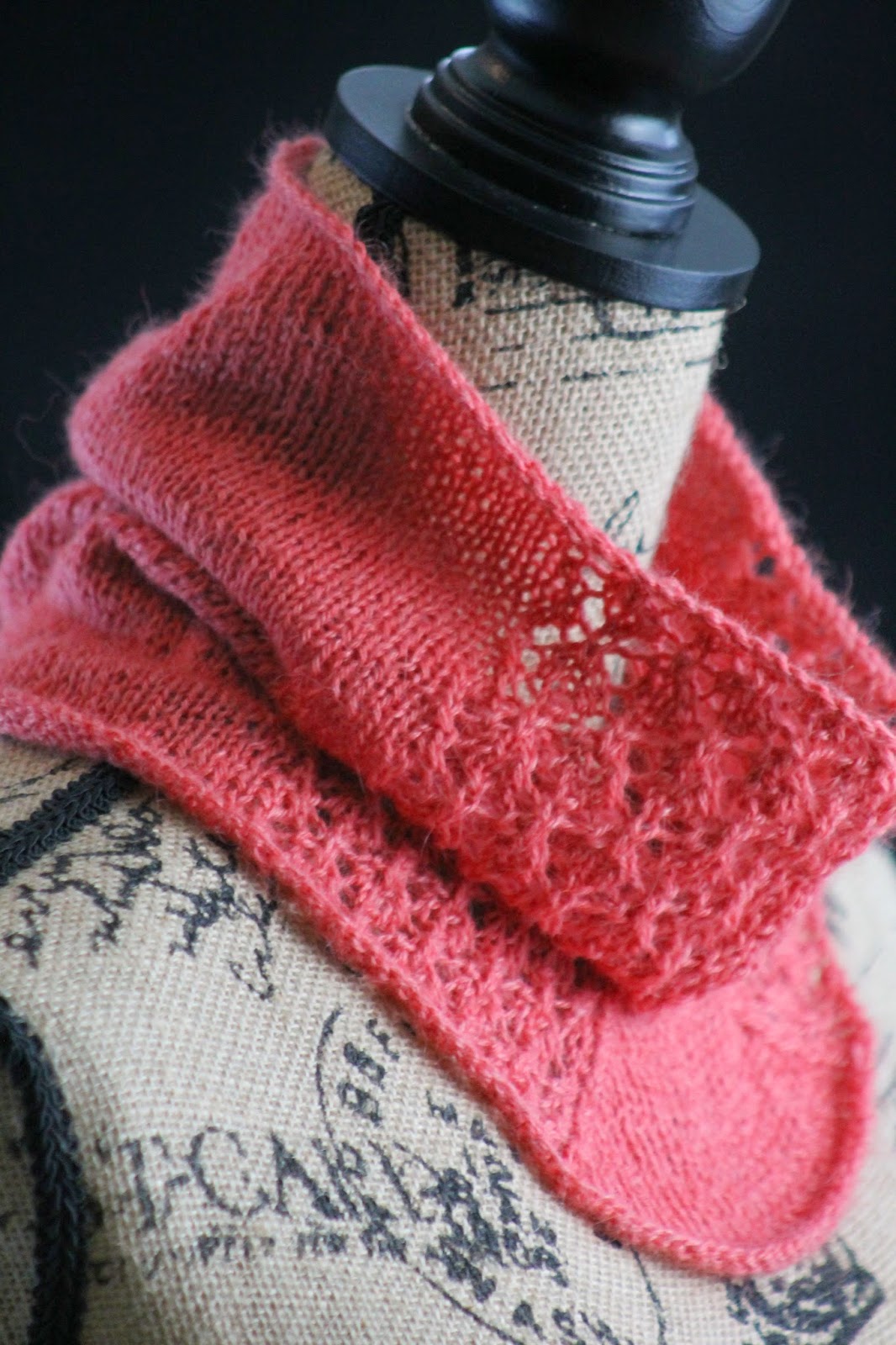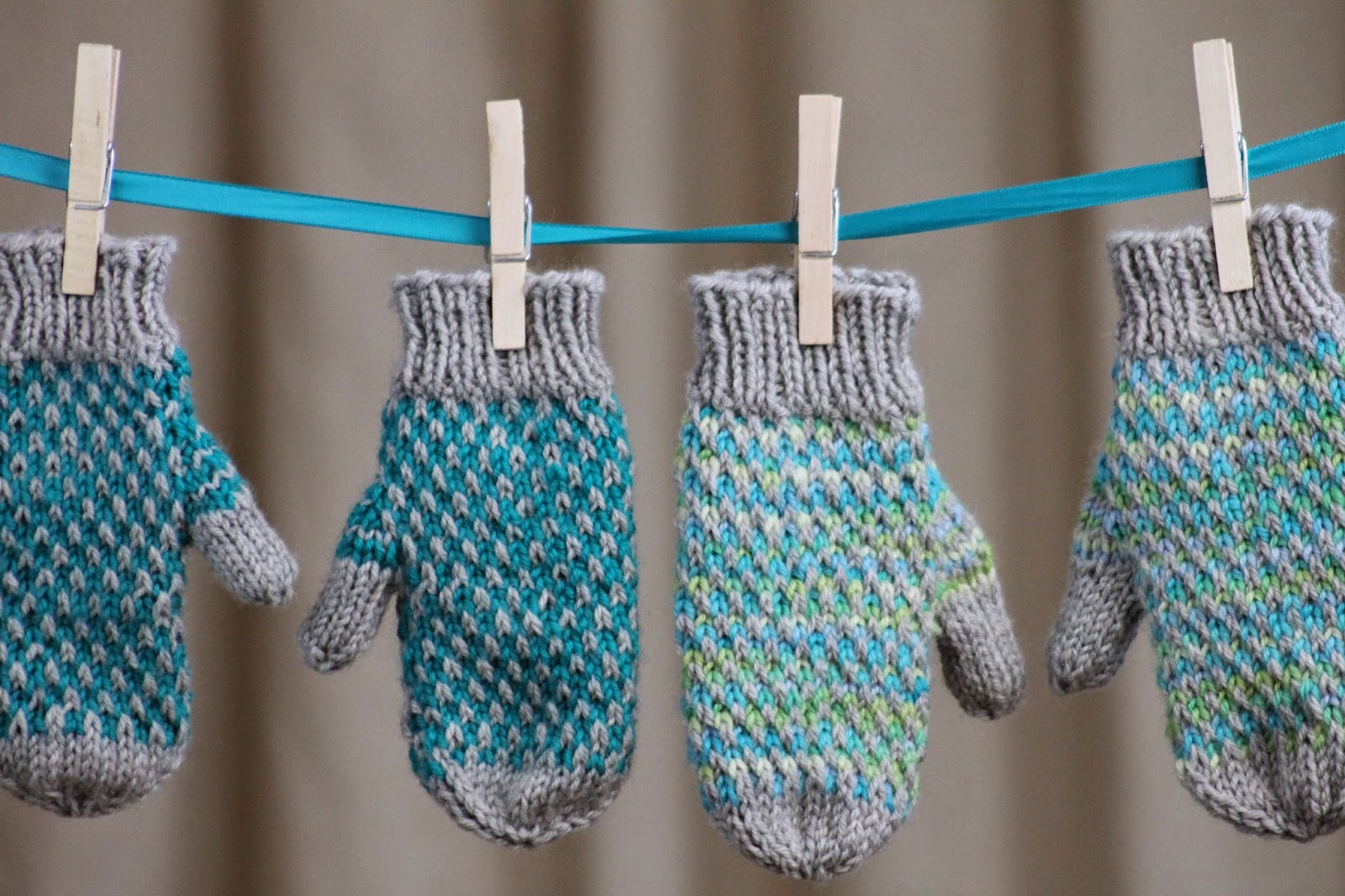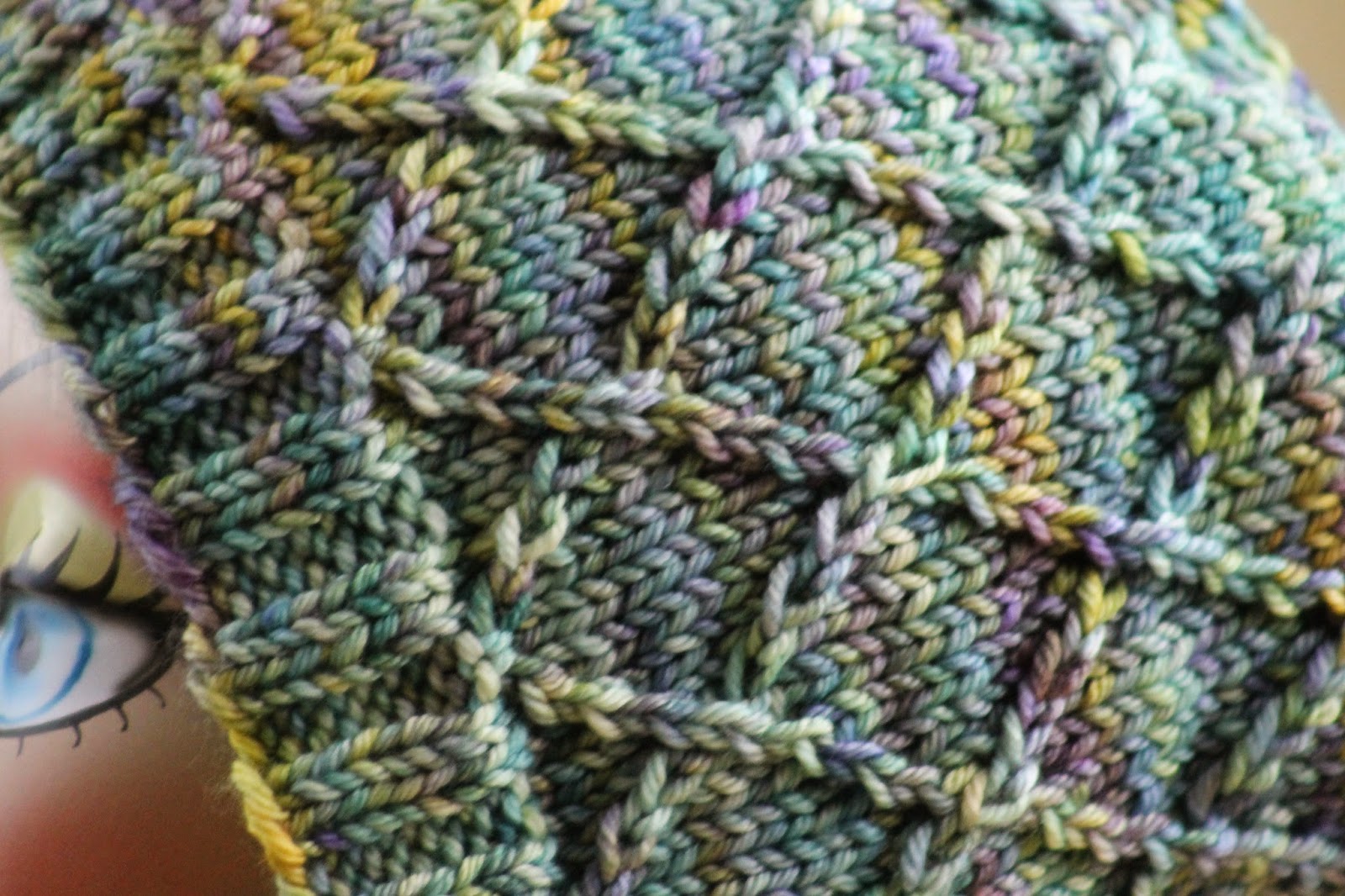 |
| Floral Mesh Bonnet |
I can proudly state that this is my first-ever matching product; in fact, it goes with last week's design, the Floral Mesh Scarf. And while I haven't ever used the same stitch pattern week-to-week before, I just couldn't resist with this one since, as soon as I saw the scarf completed, I knew it had to have a bonnet. I also sized it for children through adults for a super-fun, multi-seasonal look that will fit most everyone in your family. Why? Well, 'cause they're all going to want one!
Sizes: Child's Small (Child's Large; Teen/Adult Small; Adult Large) (as far as the child's small and the child's large are concerned - think maybe 2 - 5 years for the small, 6 - 12 or so for the large)
Yarn: Schoeller + Stahl Pantino (60% Cotton, 40% Acrylic; 98 yards [90 meters]/50 grams); #0007 Egg Yolk (that color name is still made up) - 2 skeins
 |
| A close-up of the pattern. I left in the creepy eyes because I could. |
Notions: Tapestry needle, two stitch markers
Gauge: 17 stitches = 4 inches
So let's make a hat, shall we? First, then, we'll start with the brim of this bonnet, which is knit back and forth. So, using your straight needles, cast on 84 (98; 112; 126) stitches loosely. Then we'll knit a few edging rows, as follows. Notice you'll be placing two stitch markers on your third edging row.
Edging Row 1 (right side): purl
Edging Row 2: knit
















































